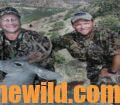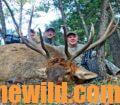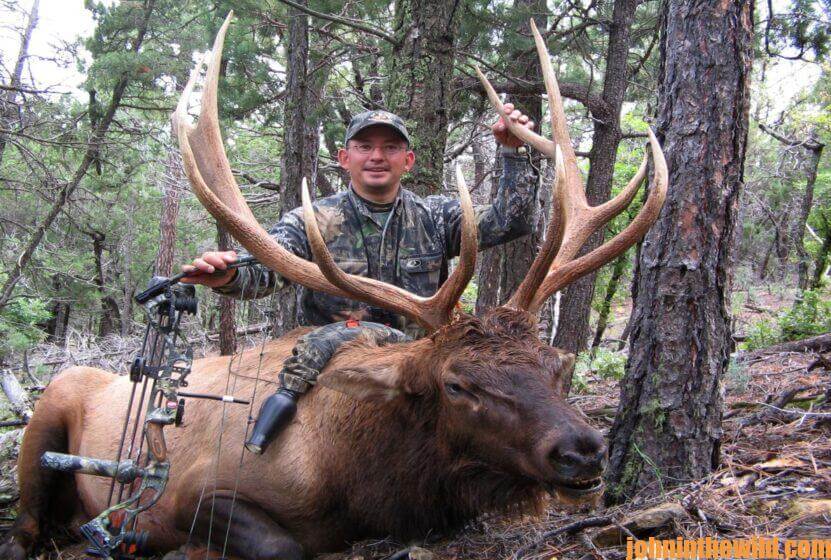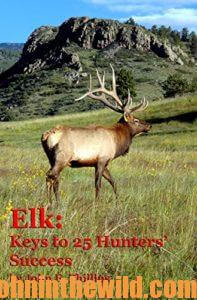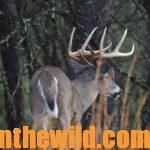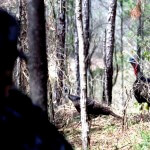Editor’s Note: For the last 20+ years, Ralph Ramos of Las Cruces, New Mexico, has called in a bull for himself or his clients every opening weekend, which is usually Labor Day weekend. Ramos has been hunting mule deer and elk in New Mexico for about 45 years. Archery season for mule deer and elk starts on September 1. All elk and mule-deer tags in New Mexico are assigned through a lottery system. You apply for a tag and then are notified if you’ve been drawn to hunt either of these two species. There are also private-property tags that can be purchased for mule deer. For elk, ranchers get authorization, and then you can buy a tag from the ranchers.

According to Ralph Ramos, a longtime New Mexico educator, “We have three different kinds of deer here in New Mexico – Coues deer (a subspecies of small white-tailed deer), mule deer and white-tailed deer in the eastern part of the state. Coues deer are found mainly on the southwestern corner of New Mexico from the boot of New Mexico to the Gila. On the eastern side of the state, if you’re going to hunt mule deer or whitetails, you have to specify which species of deer you want to hunt when you apply for a tag. You can’t get a tag that includes elk and deer. So, on September 1st every year, you have three species of deer you can hunt with a bow as well as elk, unless you have a private landowner combination hunt.

In September, I hunt elk, and I hunt mule deer in October during their rut. When I’m hunting mule deer, I like to hunt the last weekend of deer season around October 31st. Generally, at that time, I’ll put down my bow and pick-up my muzzleloader. That last week in October is just before our rifle season opens in New Mexico. Opening weekend for bowhunting elk is one of my favorite times of the year. I use a lot of cow calls as well as rattling and raking trees with elk antlers to get bulls to bugle. At that time of the year, the bulls really don’t want to talk (bugle), but by using these techniques, I usually can get an elk to bugle enough to give away his location. Or, I can stimulate him enough to get him to come in to calling just to find out what’s happening.
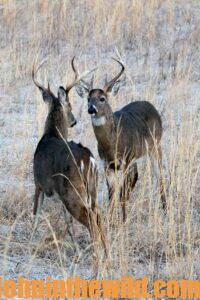
Many areas we hunt on that first weekend of elk season will be bedding places where we find numbers of droppings, and the region will smell like elk. Often, when we get a bull to bugle, we’ll give him a bugle call, and then start crashing antlers together and raking trees with elk antlers. I don’t do much scouting at the first of the season. I’ve hunted so long in this section of New Mexico that I know where the elk usually are, whether our area’s having a dry year or a wet year.
My main job is to get an elk to bugle. Once we get him bugling, then we can hunt him. Although sitting over water holes and waiting for elk to come to water is an often-used and very-successful technique for taking bulls, for me the thrill of elk hunting is calling those bulls in to within bow range.
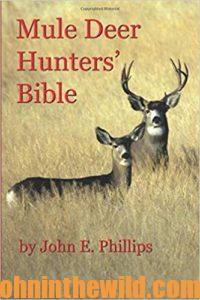
To learn more about mule-deer hunting, check out John E. Phillips’ book, “Mule Deer Hunter’s Bible,” available in Kindle, print and Audible at https://amzn.to/2Kg62w5. Also, see “Elk: Keys to 25 Hunters’ Success,” available in Kindle, print and Audible versions at https://amzn.to/2IDszQk. You may have to copy and paste these clicks into your browser. When you click on the books, notice on the left where Amazon allows you to read and hear 10% of the books for free. On the right side of the page and below the offer for a free Audible trial, you can click on Buy the Audible with one click.
Tomorrow: Understand Tactics for Public Land Elk

